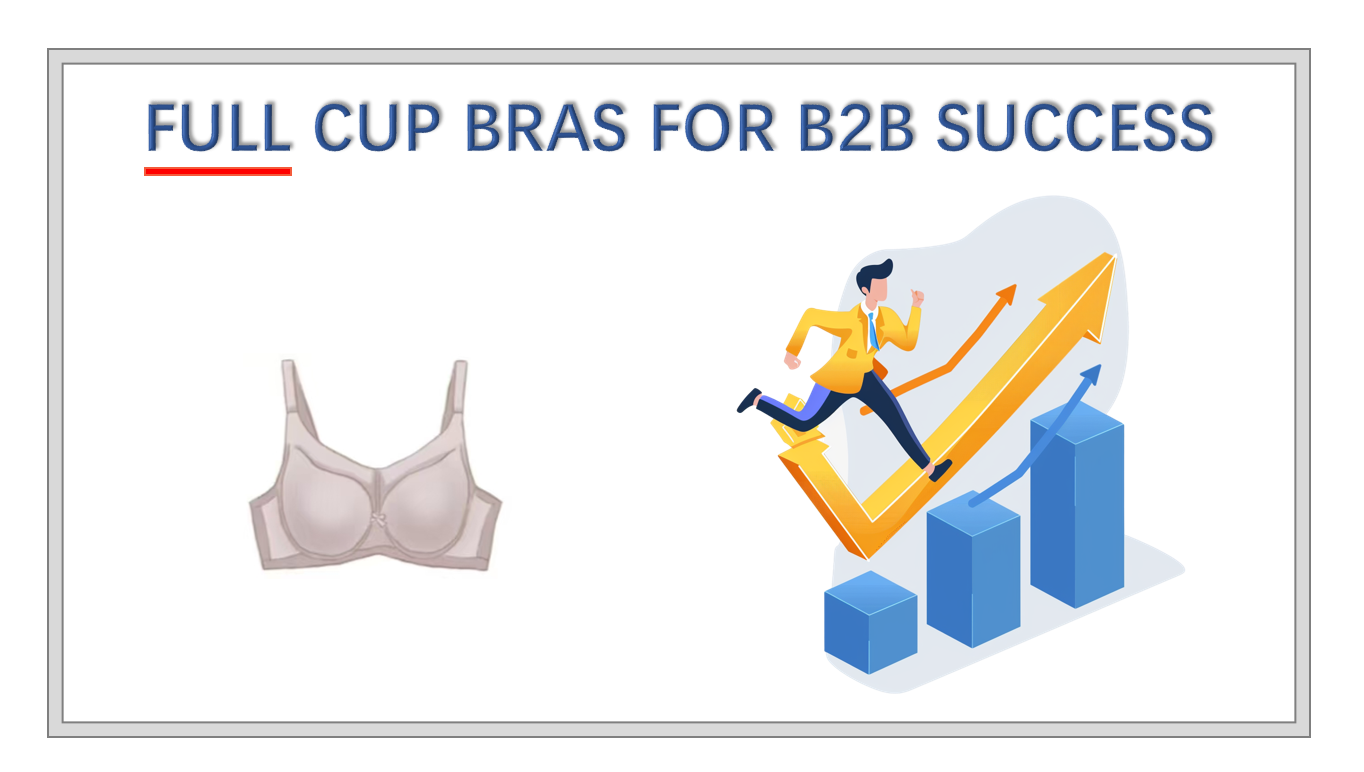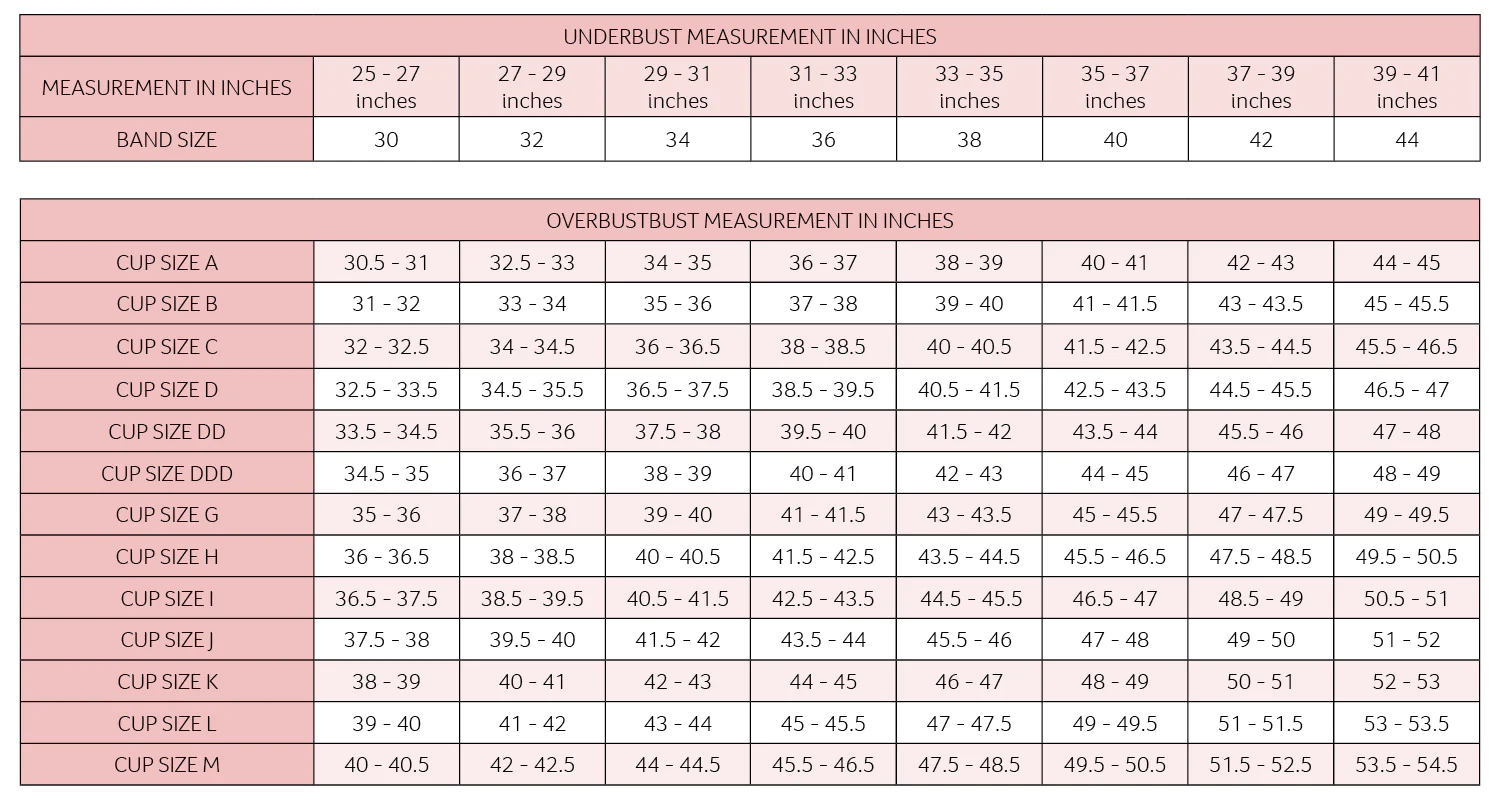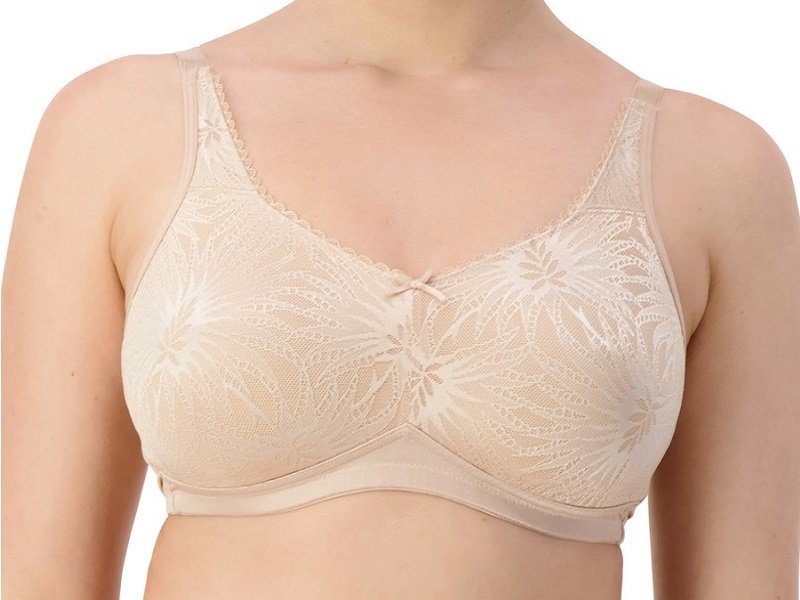Meeting Plus-Size Lingerie Demands: Full Cup Bras for B2B Success
Are you trying to enter the plus-size market but finding it difficult? Are you struggling to serve the growing plus-size market? Offering bras that are just bigger, not better, leads to high return rates and missed opportunities for building a loyal customer base.So how can lingerie sellers succeed in the plus-size market?
Yes, full cup bras are the key. Full cup bras are essential for serving the plus-size market and are a critical entry point for brands to achieve B2B success through specialized, high-demand products.

In my 20-plus years in the lingerie industry, I've seen many brands make the same mistake. They treat plus-size bras as a simple size extension of their main collection. This never works. Full cup bras are a strategic product category that demands specialized knowledge in structural engineering, material science, and production. Brands that understand this and prioritize comfort, support, and body-positive design don't just sell a product; they build a loyal community. They see fewer returns and more repeat business because they provide a solution that truly works. Let's look at what it takes to get this right.
Why Are Full Cup Bras the Gold Standard for Supporting Larger Busts in Plus-Size Lingerie?
Are your plus-size customers complaining about poor support? Bras that dig in, slip, and fail to lift can damage your brand's reputation and lead to costly product returns.
Full cup bras are the gold standard because they are engineered with specific features—a wide, firm band, multi-part cups, and cushioned straps—that work together to lift, contain, and support heavy bust tissue.

A full cup bra is a piece of engineering. It's not simply a smaller bra made bigger. It’s built differently from the ground up to manage the physics of a larger bust. First, the foundation is the band. In a full cup bra, the band must be wide and made from a firm, low-stretch power mesh. It is designed to anchor the bra to the torso, providing about 80% of the total support. Second, the cups are constructed from multiple pieces of fabric, not a single molded piece. This multi-part construction allows us to create a precise shape that lifts the bust up and forward, preventing spillage and creating a more flattering silhouette. Finally, the straps are wider and often have a padded section to distribute the weight evenly across the shoulders, preventing the painful digging that so many women experience. This combination of features creates a system of support that is unmatched by any other bra style.
Why Are Full Cup Bras Critical in a Plus-Size B2B Portfolio?
Is your collection failing to attract plus-size retailers? If your size range is incomplete or poorly designed, buyers for major stores and specialty boutiques will simply pass you by.
They are critical because there is a huge, underserved market demand. Many brands fail to grade sizes correctly, leaving significant gaps that a well-designed full cup bra line can successfully fill.

The biggest mistake I see brands make is assuming they can just scale up a standard 34B pattern to create a 44G. It doesn’t work. The proportions of the human body change as size increases, and a simple linear grade results in a bra that fits poorly everywhere—the cups are too shallow, the band is too weak, and the underwire is the wrong shape. This creates a huge gap in the market for brands that are willing to do the work properly. Retail buyers know this. They get frustrated with suppliers who offer "plus sizes" that don't actually fit their customers. When you present a B2B portfolio with a technically sound full cup bra line, you are immediately showing buyers that you understand their customer's needs. You are providing a solution to their biggest inventory problem, which makes you a valuable partner, not just another supplier.
From a Retailer's Perspective, Why Are Full Cup Bras a Must-Have Item?
Are you struggling to build lasting relationships with retailers? If your products lead to high return rates and unhappy customers for them, they won't reorder from you.
Retailers must have full cup bras because they generate incredible customer loyalty. A woman who finds a bra that fits her perfectly will return to that store and buy it in every color.

I've spoken to hundreds of retail buyers over the years. Their message is always the same. Finding a great-fitting full cup bra is a life-changing event for many of their customers. These shoppers are not just making a casual purchase; they are on a mission to find comfort and confidence. When a retailer can provide that solution, they create a customer for life. This customer will spend more, return less, and tell her friends about the store. For the retailer, a strong full cup bra collection leads to a higher average transaction value, as customers often buy multiple units at once. It also reduces the operational headache of processing returns due to poor fit. It is one of the most reliable and profitable categories in their entire store. That is why they are always looking for brands that specialize in this area.
Do you think the plus-size market is just a small niche? This outdated thinking is causing many brands to miss out on one of the fastest-growing segments in the entire apparel industry.
Market data consistently shows the plus-size segment is growing faster than the overall lingerie market. Full cup and specialty sizes now represent a significant and expanding share of global sales.
The numbers don't lie. The global plus-size apparel market is expanding rapidly, and the lingerie segment is leading the charge. Market research reports consistently project annual growth rates for plus-size innerwear that are double or even triple that of the standard market. Why is this happening? It’s a combination of factors. First, the average woman's body size is increasing in many Western countries. Second, the body positivity movement has empowered consumers to demand better products. A client of mine in Europe recently shared that their full cup styles went from making up 30% of their sales to nearly 50% in just three years. This is not a temporary trend; it is a fundamental market shift. Brands that ignore this data are actively choosing to ignore the biggest growth opportunity in our industry.
How Can B2B Brands Scale Up and Win with a Specialized Full Cup Bra Offering?
Are you ready to commit to the plus-size market but unsure how to start? Simply finding a cheap factory is a recipe for failure. You need a strategic approach to win.
Brands win by partnering with a specialized manufacturer who understands the technical details. They co-develop an exclusive line, invest in quality materials, and market it as a core part of their brand identity.

Scaling up in this category requires a specific plan. First, you must find the right manufacturing partner. You need a factory, like ours, that has dedicated pattern makers and technicians who specialize in plus-size engineering. Don't choose a factory that says they can do it; choose one that does do it every day. Second, invest in product development. Work with your partner's team to create a unique fit and design. Use their expertise to select the right components—the strong underwires, the soft but firm elastics, the supportive fabrics. Third, build your brand around this offering. Don't hide your full cup bras in a separate tab on your website. Make them a core part of your story. Show them on a variety of body types. This signals to both B2B buyers and end consumers that you are a serious, expert player in this valuable market.
Conclusion
Full cup bras are your B2B entry ticket to the essential plus-size market. By focusing on specialized engineering and a true partnership, you can build a highly successful and loyal brand.

